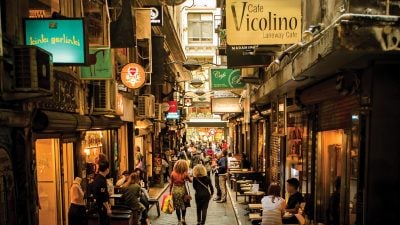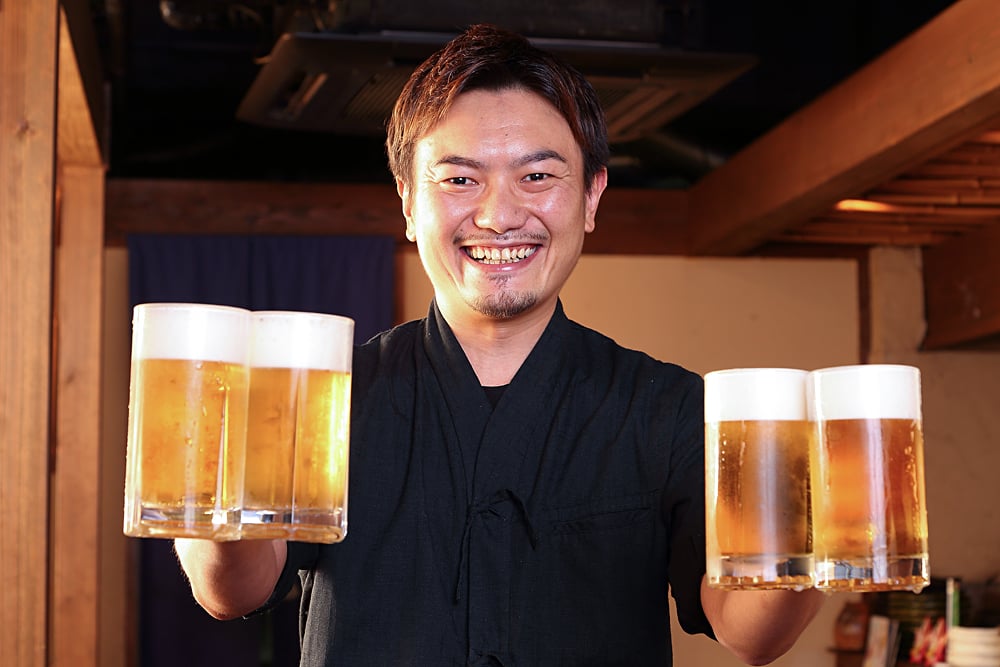
Sapporo to Sake and Beyond: Drinks Enjoyed on Japan Tours
Japan is one of the world’s great culinary nations. In fact, in 2011 it passed France as the country with the most three-star Michelin restaurants. It has gifted us with the wonders of sushi, teriyaki, tonkatsu, and ramen. But the feats of Japan are not limited to these extraordinary dishes, which, no doubt, are enjoyed by foodies on Japan tours, but also boasts some of the best beer and liquor in the world.
Like they do food, the Japanese take drinks seriously. For instance, the national rice wine, sake, undergoes a rigorous brewing process – much more complicated and hands-on than the majority of wine processes in the world. In Japan, brewers and bartenders take their work as seriously as the restaurateurs and wholesalers who examine fish every morning at the Tsukiji Fish Market.

From Asahi to Sapporo
Japanese beer is prolific, within the country and out. Japan is not traditionally a beer-drinking nation. Dutch traders introduced the drink to the country in the seventeenth century, but it took until the Meiji period in the late nineteenth century for Japan to start brewing its own beer in earnest. Nowadays, beer is the most popular drink in Japan, but Japan still lags behind countries like Czech Republic and Germany when it comes to beer consumption.
Most Japanese beers are lagers. They’re light, refreshing, and easy to drink without being bland. Essentially, they’re everything that American beers purport to be but are not. There are hundreds of microbrews that buck this trend, but you’ll have to go on a trip to Japan if you want to give them a try. For those of us not blessed to live in Japan, we have to rely on the big brands. Luckily, these big brands are pretty great as far as popular beer is concerned.
Asahi is the most popular beer in Japan and abroad. Its brewery is based in Tokyo, on the east banks of the Sumida river. This beer is hard to top in matters of taste. Having a pint of Asahi in a small bar tucked away in the back streets of Akihabara is something special. You sit there as the server promptly brings your drink and you wait for the sizeable foam head to dissipate before you drink it. In the meantime you eavesdrop on the raucous conversation had between salary workers at the table next to you. When you actually drink the pint, the malty flavour and dry aftertaste pop just right. It’s unbelievably satisfying and the authentic surroundings only make it taste better.

Aside from Asahi, Sapporo is the most popular Japanese beer abroad. It’s Japan’s oldest brewery, dating back to 1876, and is located in the city of Sapporo, where you can visit the Sapporo Beer Museum on Japan tours. It boats a rich, golden colour with a sweeter flavour than Asahi. It’s the top selling Asian beer in the United States and Canada, which could be in part due to its ownership of Sleeman Breweries. Sapporo is abundantly available on tap in most Canadian and American cities. You don’t have to live in Toronto or New York City to enjoy a draught.
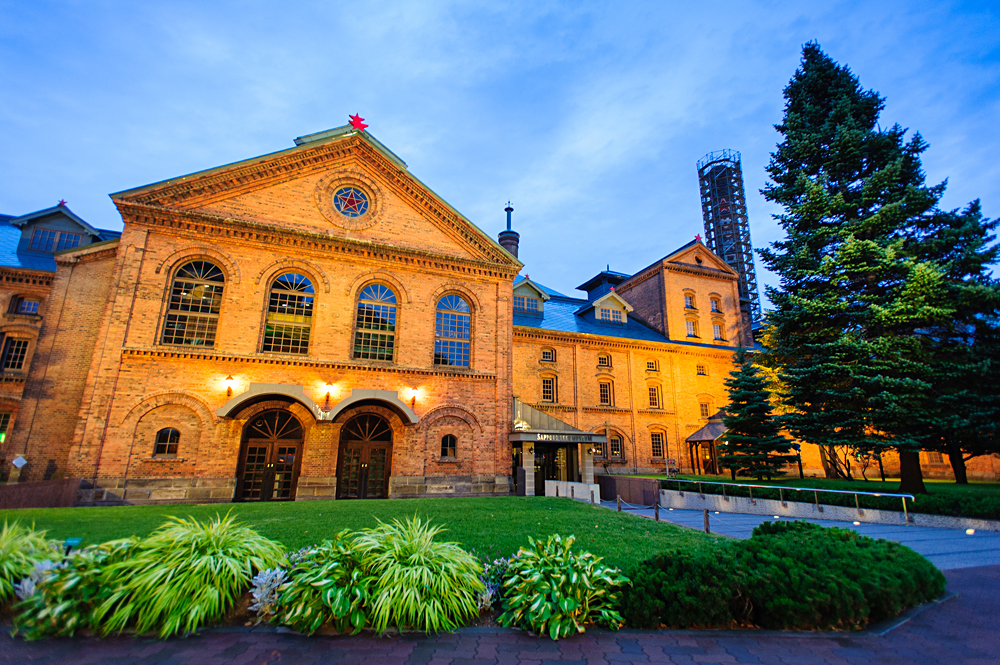
Yebisu is Sapporo’s luxury brand beer. The Japan Beer Brewery Company first brewed the beer in 1890, but Sapporo eventually acquired it and has been brewing it ever since. Yebisu is a 100% malt beer, which means it’s made entirely from mashed barley malt, with no sugars or other fermentable adjuncts. You can taste the difference between Yebisu and Sapporo, as Yebisu has a richer, bolder flavour.
After Asahi, Kirin Brewery produces the most popular beer in Japan. Kirin’s main products are Kirin Lager and Kirin Ichiban Shibori. They’re light, with a more heavily-carbonated body and an almost-sour aftertaste. There’s also Suntory beer, which tastes more generic than other brands.
You’ll have no problem finding beer on your trip to Japan. It’s readily available all over the country, from convenience stores to bars to restaurants. You can even find it in vending machines, although these machines are often locked in the middle of the night to discourage over-consumption.
Drink it Chilled for Sake’s Sake
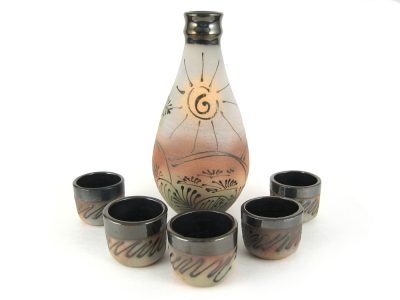
Japanese rice wine, known as sake to English speakers, is the most famous alcohol in Japan. However, in Japanese, sake simply means “liquor,” while nihonsu refers to this specific rice wine. Whether it’s warmed up in a small porcelain vase called a tokkuri or served on the rocks, sake is delicious.
The process of making sake is rigorous. It’s made from fermented rice, but it isn’t distilled like liquor. Its brewing process is more similar to beer than wine, but unlike beer, the fermentation process produces sugar and alcohol simultaneously, instead of during distinct steps. Most sake ends up being around 15% ABV (alcohol by volume) after brewing and diluting with water prior to bottling.
It’s commonly assumed that sake is served warm, but this is increasingly becoming detrimental to the wine. The popularization of warming up sake occurred during the Second World War, when food supplies were limited in Japan. Imperial Japan reserved rice for food while using ethanol to supplement the lost rice during sake production. This resulted in poor quality sake becoming widespread. To offset the cloying sweetness of poor sake, people learned to heat up the wine until near boiling point, which softened the taste and broadened the palette.
Sake production did not revert back to pre-war methods until decades later. Sake was served warm around the time of the 1964 Tokyo Olympics, when much of the western world was becoming acquainted with Japanese food and drink for the first time. This is why you get references to the warm sake in popular films like the James Bond adventure, You Only Live Twice, where Bond travels to Japan and comments that the correct temperature to serve sake is 98.4° Fahrenheit.
While it’s nice to drink cheaper sake like Gekkeikan heated up, it’s not necessary. And for premium sake, it’s detrimental to appreciating the full flavour of the drink.
When you take a Japanese vacation, you’ll learn that most people drink sake slightly chilled or neat. You’ll also learn that they occasionally serve sake in a charming way that supplies you with a refill at the same time as your initial glass. They take a serving glass and put it inside a small lacquer or wood box called a masu. They pour the sake into the serving glass until it overflows and fills the masu as well. You drink from the glass, but when it’s empty, you refill it with the sake in the box. It’s a genius method of serving the rice wine and is considered an act of generosity by your host. If you’re drinking good quality sake, it’s also a good way of experiencing sake at room-temperature and appreciating its silky sweet palette.
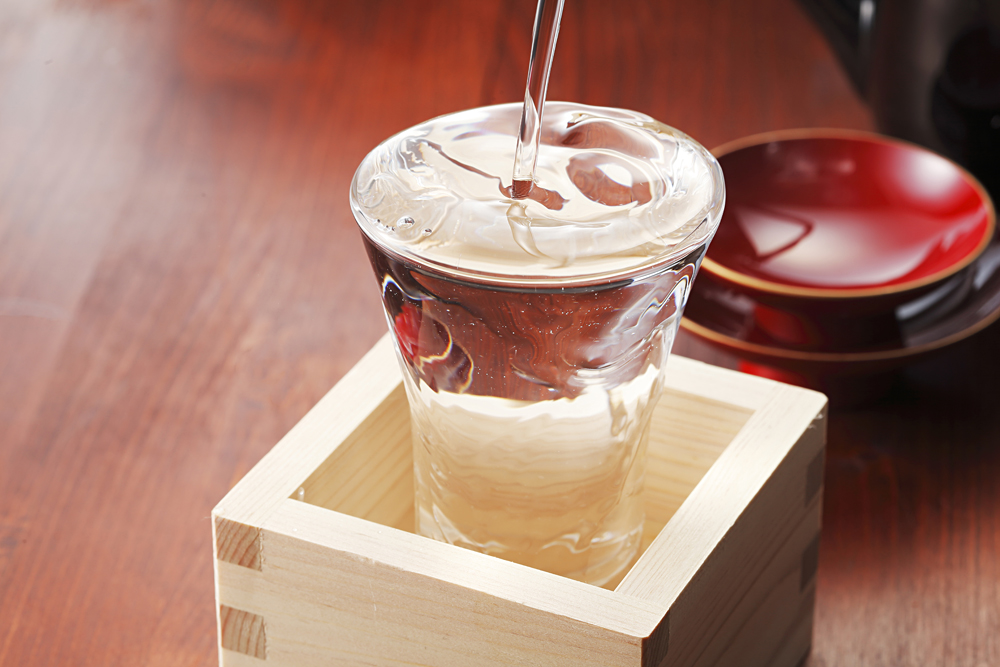
What is Shochu?
Shochu is not Korean soju. Both of these liquors might sound alike to Western ears, but they are completely different. Shochu is a distilled Japanese liquor made from starches such as rice, barley, sweet potatoes, buckwheat, or brown sugar. Its liquor content is usually around 25% ABV. Its versatile flavour has made it the most popular liquor in Japan, even more popular than sake.

Unlike in North America and Europe, there is no designated cocktail hour prior to meals where people drink. Instead, the Japanese often drink liquor with their meals. Because of this, Japanese liquor tends to be versatile and subtle, allowing your palette to enjoy food in addition to drink. This explains why shochu is so popular. As its flavour depends on its base ingredient, shochu is highly customizable to the many flavours of Japanese cooking. As well, its earthy flavour is mild compared to the strong umami flavours of Japanese cooking. It never threatens to overwhelm food.
Shochu is becoming increasingly available in Western countries, and there are many ways to drink it. You can drink it neat, but the flavours might be too intense if it’s your first time. However, if you do prefer trying it neat, I’d recommend a honkaku shochu or single-distilled variety (honkaku literally means genuine), as the flavours will be more calibrated. Otherwise, you can drink shochu over ice or dilute it with hot water. The hot water method is probably the most popular as it pairs well with most meals. To serve shochu hot, first pour hot water into your serving glass and then pour your desired amount of shochu. Contrary to most Western cocktail portions, your drink should have more shochu in it than water. There’s no need to stir the drink as the shochu and hot water will blend on their own.
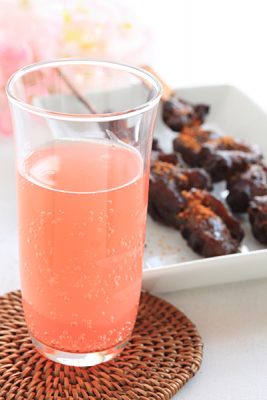
The other most popular way to serve shochu is as a highball or chu-hai. Chu-hai always contain shochu, carbonated water and some sort of base ingredient, usually lemon or some other sweet or sour fruit. Chu-hai come in cans much like soda and are highly prevalent in Japanese cities.
It’s easy to find shochu on Japan tours. Most izakaya, bars, and restaurants will serve shochu, unless they are specifically advertised as a whisky or sake-only establishment. Keep in mind, servers will not press you on how you want shochu, as it’s considered rude to ask. So if you don’t specify how you want it, you’ll likely wind up with shochu and hot water.
Some of the World’s Best Whisky
While Scottish whisky or scotch is only made in Scotland, you’d be forgiven for thinking that Japanese single malt whisky hails from the Highlands as well. It’s just that good. Much of this is due to Japanese distillers using much the same process for making whisky as the Scottish do. Japanese distillers first learned how to make whisky after visiting Scotland in the mid 1920s. After returning to Japan, Masataka Taketsura and Shinjiro Torii founded Yamazaki, which is now owned by Suntory. Unfortunately at the time, Yamazaki was considered a huge failure as its taste was too similar to scotch, which was considered unpalatable to many Japanese. Taketsura and Shinjiro refined their process and changed the flavour to accommodate Japanese drinkers. Thus, Japanese whisky was born.
Suntory and Nikka are the most popular whisky distillers. They both sell a variety of whisky products and own a number of smaller distillers that retain their names on the final products, so they’re far from monolithic organizations. They both produce single malt whiskies in addition to blended varieties.
Suntory Whisky Kakubin is likely the most popular blended whisky in Japan. You’ll find it at most any bar in Japan, like the Japanese equivalent to Canadian Club or Crown Royal. It’s also used to make the new star of Japanese bars everywhere, the kaku-hai or Kakubin Highball. The kaku-hai is about as perfect and simple a way to drink whisky as you can get. Even people who don’t like whisky will enjoy this cocktail.
Ingredients are as follows:
- 1.5 oz (40ml) of Suntory Whisky Kakubin or similar whisky
- 5 oz (150ml) of soda water
- lemon wedge
- ice
Fill a highball glass with ice. Squeeze the lemon wedge into the glass and drop it in. Pour in the whisky followed by the soda water. Stir and serve.
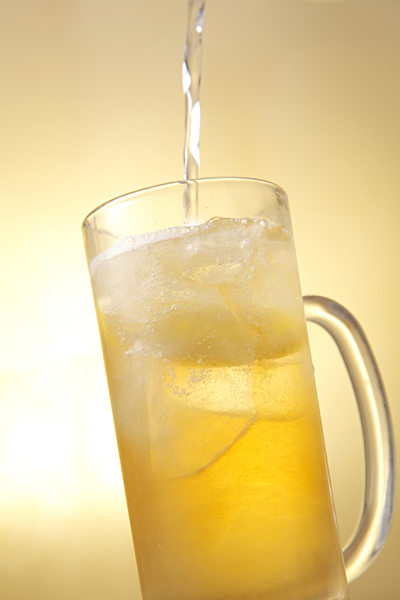
Suntory Whisky Kakubin is an easy drinking blended whisky, but for higher quality whisky, you’ll want to try some single malts. It’s hard to go wrong with either the Yamazaki Single Malt Whisky or Nikka Single Malt Yoichi. For instance, the Yamazaki Single Malt Sherry Cask was named the best whisky in the world in 2013.
While it’s easy to find Japanese whisky at most bars within Japan, it’s hard to find Japanese whisky outside the country. As well, it’s not as easy to bring whisky home after a Japanese vacation as it used to be. Your best bet to find Japanese whisky in North America would be high-end whisky bars in large urban centres like New York and Vancouver, as well as online liquor importers.
Now you’re ready to experience the wonders of Japanese beer and liquor for yourself, whether in the comfort of your home country or on a Japanese vacation. Just remember to say kanpai when enjoying the abundant drinks Japan has to offer.

Get more travel inspiration by email.
Subscribe
0 Comments

Get the latest travel trends & hear about the best deals on vacations around the world.
If you’re a Globetrotter, these are the newsletters for you!
